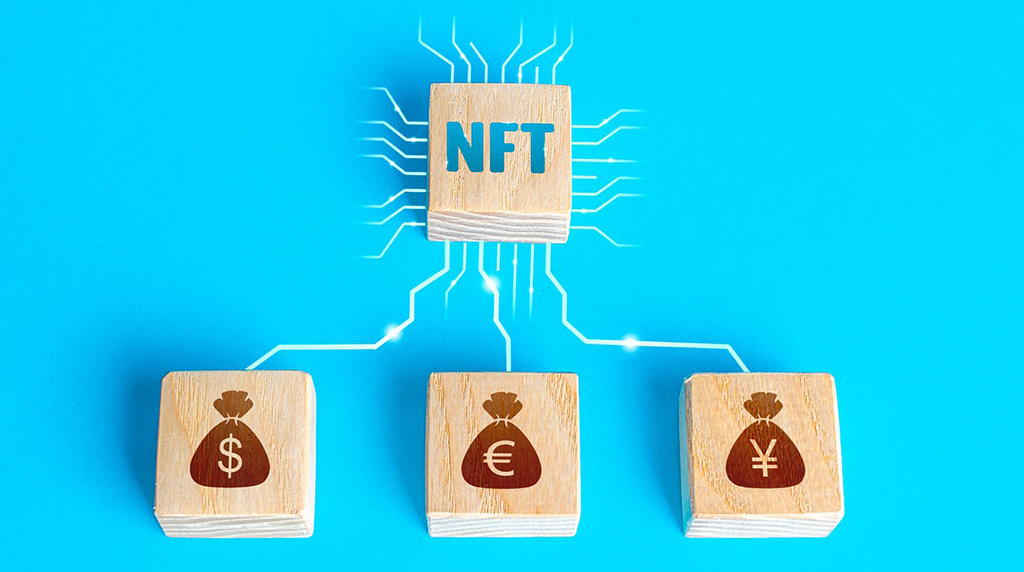The crypto ecosystem was rocked last year when failings at crypto issuer Terra caused a ripple effect that ultimately claimed FTX, a giant in the space. An investigation of court records has revealed the millions – if not billions – of dollars’ worth of exposures among companies like Three Arrows Capital, Voyager and Celsius that allowed a ripple to turn into a tsunami.

The numbers show a network that was interlocking, if not outright incestuous. This made the system overall less resilient and has resulted in a long and costly process to legally untangle the mess. Regulators are already setting themselves to the task of ensuring that it doesn’t happen again.
The bankruptcy filings of companies like Voyager, Genesis, Celsius and BlockFi have revealed complex relations between them and the FTX empire. Voyager reported a $654 million loan to Three Arrows Capital, which accounted for a massive 57.8% of its loan portfolio. Genesis had lent $2.4 billion in cash and digital assets to the hedge fund, while Celsius had borrowed $1.5 billion in stablecoins from FTX and had over $2.5 billion in assets on the platform. BlockFi said it had $355 million in crypto frozen on FTX, plus $671 million in loans to Alameda.
The smaller companies were also lending among each other. As of July 5, Voyager had reported an exposure to another bankrupt Genesis unit of $17.5 million, while Celsius had sought to claw back $7.7 million it transferred to Voyager in the three-month window before it itself collapsed on July 13.
Regulators care about this kind of interconnectivity in finance, because it makes the overall system less resilient and reliable. In 2008, the failure of Lehman Brothers spread across the world thanks to complex and opaque transactions. Now, crypto contagion hasn’t spread further, but the pattern is being used to justify regulation.
The crypto-asset market is highly interconnected, which may lead to rapid contagion and the spread of stress among crypto-asset market participants,” international standard-setter the Financial Stability Board said in an October consultation, in which it proposed sweeping new standards for the sector.
When the mess hits the fan, intertwined companies are a lot harder to wind up. U.S. law already views with suspicion any transaction made up to three months before a bankruptcy, and any transactions deemed to be fraudulent conveyances can also be clawed back. Now, multiple judges in separate courts of New York, Delaware and New Jersey will have to sort through the complex web of transactions and decide what belongs to whom.
The FTX saga has highlighted the need for tougher laws on ownership, capital requirements and re-use of funds in the crypto sector. Banks have these laws, while crypto companies, at most, have self-imposed norms that appear to be frequently broken. This has resulted in a complex legal tussle between liquidators, the Department of Justice, FTX and BlockFi, with victims of the collapse having to wait a long time for resolution.
It is clear that the crypto industry needs to take steps to ensure that such a situation does not arise again. Regulators must ensure that companies are held to the same standards as banks, and that the sector is better protected from contagion. Only then can the crypto ecosystem be made more resilient and reliable.



